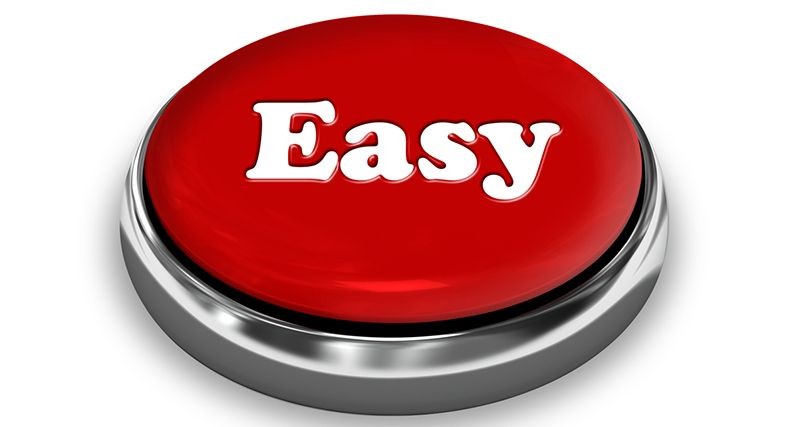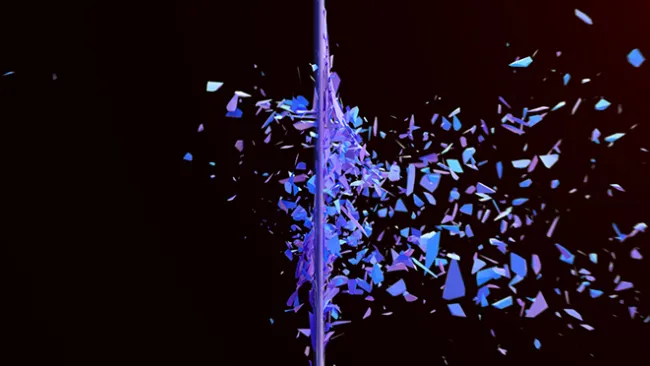Back in 2005, office supply retailer Staples launched its now-famous marketing campaign featuring the Staples Easy ButtonTM. The red button graced many print and TV ads, and it’s still in use as a recognizable brand icon.
To represent its impact, more than 1 million people purchased their own $6.99 button in less than a year. The button’s only function was to say “that was easy,” but the concept behind it took root in subsequent years as technology advanced. Amazon’s Dash button now lets people reorder everything from toilet paper and baby food to soda and cat litter with the push of a button in their home. Even Staples is developing a way to reorder its items via a working Easy button, according to Forbes.
Why was the “That Was Easy” campaign so effective? Because everyone wants to make things simpler, in life and in business. Complexity is often inefficient, expensive, and rarely leads to desired results. It’s definitely not customer-friendly, and it elicits no emotional connection to a brand. Consumers try to avoid complicated processes, instructions, products, services, and experiences whenever possible.
A simple experience from a consumer’s eyes is one in which the brand knows an individual, his or her history, preferences, and can anticipate needs before being asked. The brand removes any friction to achieving this goal, such as payment steps, identification verification, shipping or delivery issues, and long wait times.
From a brand’s perspective, getting to “simple” is far from easy. It requires data, business unit alignment, technology, and a culture that’s customer-first. Complexity is the result of the “easy” way for businesses to operate. Decisions are often made from the inside out, with technology, cost, or business need overriding simplicity on the consumer side.
This issue of the Customer Strategist explores what it takes to create more simple customer experiences. Sotheby’s head of user experience discusses the brand’s shift to digital; Alabama Power moves out of the commodity space, and we unveil research tracking trends in senior leadership’s customer-centric DNA.
2016 was a year for customer innovation around simplicity, and we expect 2017 to accelerate that idea even more. As we begin the new year, I hope each of you is granted a year full of joy, happiness, and customer love.















